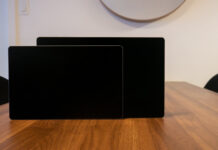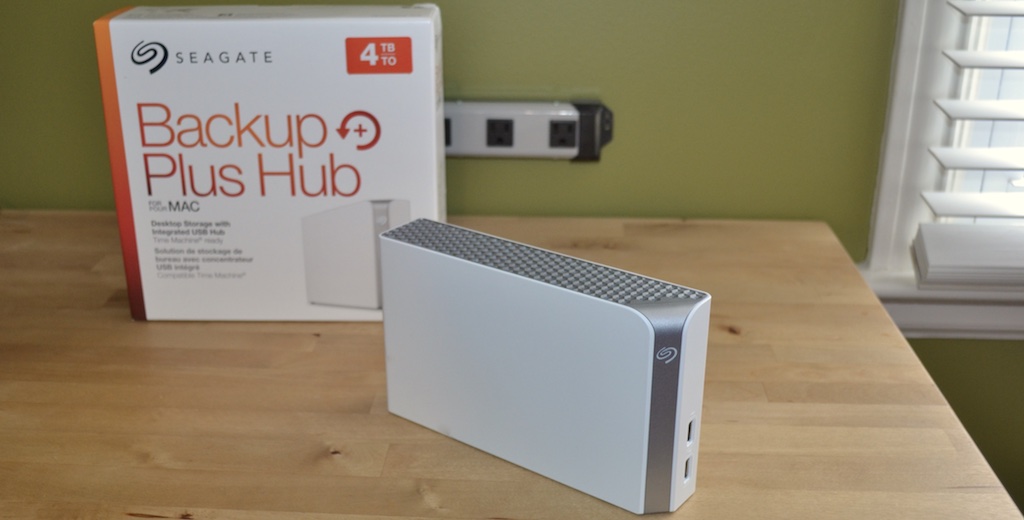
Having an external hard drive isn’t just a virtual necessity for many computer owners in these days of 50GB game installs and multi-terabyte media libraries. It’s also one of the smartest things you can do to defend your valuable data against catastrophic loss from malware, accidental deletion (that happens more often than you’d think) and system failure.
Seagate is the world’s second largest manufacturer of PC storage. And while solid state storage (SSDs) are all the rage right now, there’s still a place for old school hard drives. Especially when it comes to mass storage, where a spinning disk hard drive is still much more cost effective than an SSD. I’ve been testing out one of Seagate’s more popular options for desktop hard drives, the Seagate Backup Plus Hub. It’s proven itself to be extremely capable, and the ‘plus’ in its name has already proven a worthy addition to my work setup.
Easy Setup
Have you been holding off on picking up an external hard drive because of fears that they are complicated to set up? The Seagate Backup Plus Hub couldn’t be more straightforward.
Seagate offers two versions, one pre-formatted for Windows PCs, and one pre-formatted for Mac. Of course you can re-format them as needed (and Seagate offers drivers for cross-compatibility) but the point is you can pick a version that’s already configured for your computer, for plug and play ease.
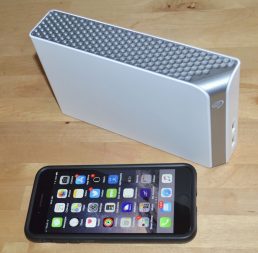 The hard drive comes with a power adapter and a USB cable. It’s important to note that Seagate uses a proprietary connector for its drives. It’s a standard, full-sized USB connector on one end, but Seagate’s connector on the other. That has no impact on functionality, but it does mean that if you have extra USB cables lying around, you won’t be able to use one of those as a spare with this drive … In terms of size, this a very compact hard drive. It’s not as small as a portable, but it has a small footprint. Just remember to set it upright, so the passive cooling system can work as designed (airflow is through vents on the bottom of the case).
The hard drive comes with a power adapter and a USB cable. It’s important to note that Seagate uses a proprietary connector for its drives. It’s a standard, full-sized USB connector on one end, but Seagate’s connector on the other. That has no impact on functionality, but it does mean that if you have extra USB cables lying around, you won’t be able to use one of those as a spare with this drive … In terms of size, this a very compact hard drive. It’s not as small as a portable, but it has a small footprint. Just remember to set it upright, so the passive cooling system can work as designed (airflow is through vents on the bottom of the case).
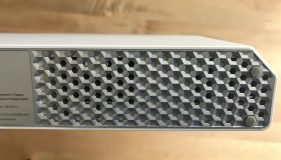 Setting up is as easy as plugging the cable into the back of the drive, plugging the other end into a free USB port on your PC (choose a USB 3.0 port if you want full data transfer speed), then plugging in the power adapter.
Setting up is as easy as plugging the cable into the back of the drive, plugging the other end into a free USB port on your PC (choose a USB 3.0 port if you want full data transfer speed), then plugging in the power adapter.
A Seagate application will launch on your PC that walks you through registering your new hard drive. It also gives you the option of installing Seagate’s own Dashboard backup software, but you can skip this and stick with your own preferred backup software. In my case, I’m using the Backup Plus Hub with a Mac, and Time Machine automatically recognizes it. The advantage of backing up to an external hard drive as opposed to the cloud, is immediate and much faster access to your data, should you need it.
The Plus
The ‘plus’ in the Seagate Backup Plus Hub was a big one for me. I have the drive connected to an Apple iMac, which has its USB ports on the back. Frankly, they’re a pain to reach. The Backup Plus Hub uses one of those ports, but you get two in replacement, and they’re both located on the front of the hard drive. Positioned beside my computer, this means a pair of high speed USB 3.0 ports that I can easily reach. No more fumbling to plug in a thumb drive. The ports are powered as well, and capable of recharging small devices like a smartphone.
Seagate Backup Plus Hub Specs
|
Put it on Your Wi-Fi Network
It’s easier than you might think to share the Seagate Backup Plus Hub over your Wi-Fi network. If your Wi-Fi router has an available USB port, you connect the hard drive to the router instead of your PC. It then appears as a network drive that can be accessed from computers and devices like media streamers that are also connected to your network. You use your router’s Wi-Fi management software to manage who has access to the drive, but there’s nothing particularly arcane to setting up a hard drive this way.
Connected to your Wi-Fi network, the included Seagate Dashboard software and Seagate’s Mobile backup app let you back up photos and videos from your iPhone or Android smartphone to the Backup Plus Hub.
Recommendation
As I mentioned in the opening to this review, having additional storage space has never been more important for computer owners, whether you’re in the Mac or Windows camp. The size of application and game installs keeps getting bigger. Media libraries can be huge, and many of those files are irreplaceable. For example, my photo library is around 400GB of family photos. My iTunes library is more like 3TB. And the malware situation is getting a little out of hand. Between the ransomware epidemic in 2017 and this year’s Meltdown and Spectre vulnerabilities, it’s never been more critical to back up your data.
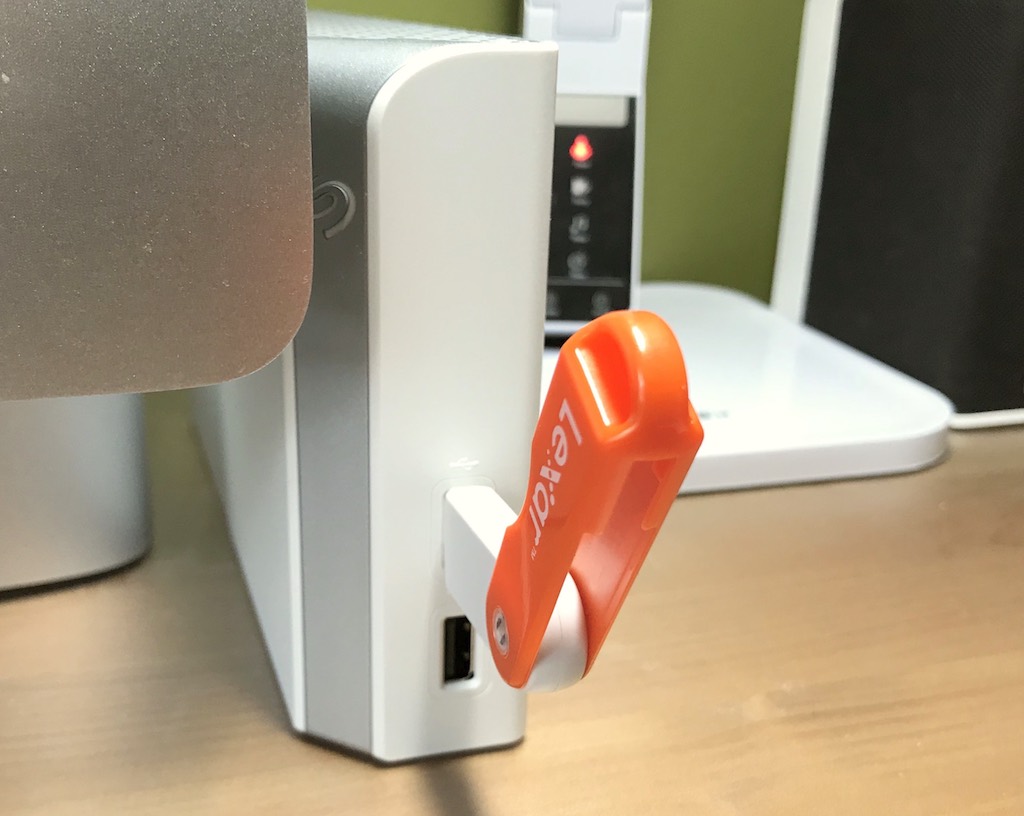
With the Seagate Backup Plus Hub, you get a high capacity (4TB, 6TB or 8TB), back-up ready external hard drive with fast USB 3.0 transfer speeds. Its upright form factor means it takes up minimal space on your desktop and it runs silent. You give up one USB port on your PC to connect the drive, but the Backup Plus Hub actually expands your USB capabilities by giving two USB 3.0 ports in return—and they are easily accessible. Anyone whose PC’s USB ports are on the back will especially appreciate this added convenience.
If you need an external hard drive for additional storage or for backup, the Seagate Backup Plus Hub is an easy recommendation. You’ll find this option and many more among Best Buy’s extensive selection of computer drives and storage.



































